
如何创建加密货币代币:分步指南
创建自己的加密货币代币可以成为发展业务、吸引投资和构建生态系统的有利可图的方式。如今,区块链技术比以往任何时候都更容易获得,不仅允许大公司,而且允许初创公司和独立开发者推出自己的代币。
在本文中,我们将逐步引导您完成该过程——从选择区块链和设置代币参数到部署智能合约和确保安全。
什么是加密货币代币?
加密货币代币 是在现有区块链上创建的数字资产,而不是拥有自己的独立网络。与比特币或以太坊等在自己的区块链上运行的原生加密货币不同,代币是使用以太坊 (ERC-20)、币安智能链 (BEP-20) 或 Solana 等平台上的智能合约构建的。这些代币可用于各种目的,包括充当交换媒介、代表资产所有权、授予对服务的访问权限或在去中心化生态系统中实现治理。
代币通常用于去中心化金融 (DeFi)、非同质化代币 (NFT) 和基于区块链的应用程序中。代币创建的便捷性促进了区块链项目的快速增长,使企业和个人能够相对轻松地推出自己的数字资产。
你能创建加密货币吗?
是的,你可以创建自己的加密货币。随着区块链技术的兴起,开发数字资产变得比以往任何时候都容易。得益于各种区块链开发工具和平台,个人和企业现在可以推出自己的加密货币。
至于合法性,在大多数国家/地区创建加密货币都是合法的,但法规可能因加密货币的类型和管辖范围而异。例如,提供产品或服务访问权限的实用代币通常面临的法律挑战较少。但是,代表金融资产的加密货币(例如证券代币)可能受到更严格的规则的约束,包括遵守金融和证券法。必须研究您所在国家/地区的法律要求,例如税收、许可和反洗钱 (AML) 法规,以确保您的加密货币项目符合当地和国际法律。
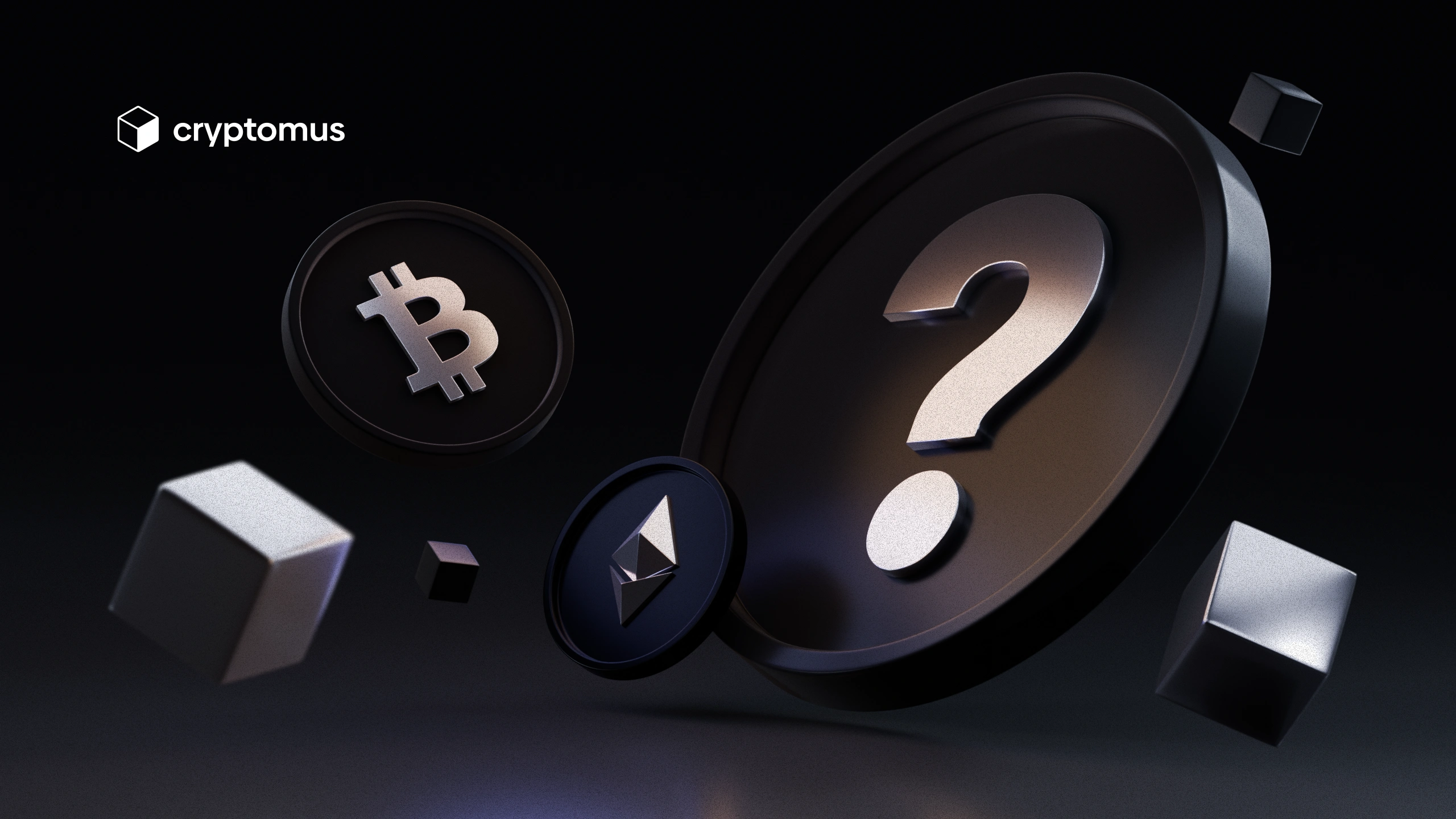
创建加密货币的成本是多少?
创建加密货币代币的成本通常比构建新区块链更实惠。 对于在现有区块链(例如 Solana 或以太坊)上创建简单代币,成本可能在几百到几千美元之间。这主要包括部署代币的 gas 费用和创建智能合约的开发成本。
如果您聘请开发人员来设计和部署智能合约,则成本将取决于他们的费率和代币功能的复杂性。 对于基本的 ERC-20 或 BEP-20 代币,开发成本可能在 500 到 3,000 美元左右。 但是,如果您想要更高级的功能,例如额外的安全性、代币经济学(例如,销毁机制 或 质押),或自定义功能,则成本可能会更高。
请记住,如果您想在加密货币交易所上架您的代币、运行安全审计或处理法律合规性,可能会产生额外费用。 这些额外费用可能会增加项目的总成本。
创建加密货币的分步指南
现在,让我们逐步深入了解创建加密货币代币的过程:
- 定义代币的用途;
- 选择区块链平台;
- 设计代币经济学;
- 创建和测试智能合约;
- 部署代币;
- 推广您的代币。
让我们仔细看看每个步骤。
步骤 1. 定义代币的用途
在创建代币之前,必须明确定义其用途和目标。您的代币可以是提供对产品或服务的访问权限的实用代币,也可以是用于生态系统决策的治理代币。此决定将影响您的代币的区块链选择、代币经济学和分发策略。
步骤 2. 选择区块链平台
一旦确定了代币的用途,您就需要选择构建代币的区块链平台。以太坊、币安智能链和 Solana 等热门平台在交易费、速度和可扩展性方面提供了各种选择。平台的选择取决于项目的技术需求和期望的增长机会。
步骤 3. 设计代币经济学
代币经济学是指代币背后的经济模型,包括总供应量、分配方法和持有者的激励措施。您需要确定代币的分配方式(通过 ICO、空投或质押奖励)以及如何管理其供应量(例如,通过销毁或铸造新代币)。
步骤 4. 创建并测试智能合约
智能合约是控制代币行为的代码。在此阶段,您将编写智能合约,然后在测试网上彻底测试它以识别任何错误或漏洞。测试可确保合约在主网络上线之前按预期运行。
步骤 5. 部署代币
成功测试和修复错误后,下一步是将您的智能合约部署到主区块链网络。这是您的代币公开并投入使用的时候。一旦部署在主网络上,代币就成为去中心化生态系统的一部分,随时可以使用或交易。
步骤 6. 推广您的代币
一旦您的代币被创建和部署,营销和推广就成为其成功的关键。利用社交媒体、营销活动、合作伙伴关系和有影响力的合作来吸引用户。此外,为您的代币选择一个独特且令人难忘的股票代码也很重要。强大的股票代码可以帮助您的代币在交易所中脱颖而出,使人们更容易识别和记住。您的代币获得的曝光率越高,在加密货币生态系统中被采用和增长的机会就越大。
如何在 15 分钟内创建加密货币?
由于各种平台允许您在几分钟内生成代币,创建自己的加密货币变得更加容易。这些解决方案旨在简化流程,只需最少的技术知识。以下是一些流行的选项:
- Pump.fun。 一个在 Solana 区块链上创建代币的平台。它允许用户以最低的费用立即创建 meme 代币。您可以自定义代币的名称和股票代码,并上传图像,然后立即在平台上进行交易。
- 代币工具。此工具可让您在各种区块链上创建代币,包括以太坊和币安智能链。该过程包括选择区块链、连接钱包以及定义代币参数,如名称、供应和小数。
- 加密货币启动板。DAO Maker、币安启动板和 Seedify 等平台提供启动代币的服务,包括筹款、ICO 和 IEO。这些平台还提供代币销售模块,确保您的项目获得所需的关注。
- 无代码代币创建者。TokenMint 和 MyToken 等平台提供无代码代币创建解决方案,允许任何人只需单击几下即可轻松创建和部署代币。
因此,虽然创建代币变得更加容易,但重要的是要了解所涉及的法律、安全和监管方面。进行彻底的研究,以确保您的项目符合当地法律并保护用户免受潜在漏洞的影响。
我们希望本文对您有所帮助。如果您有任何疑问或需要进一步了解任何步骤,请随时联系我们。我们随时为您提供帮助,助您创建自己的数字资产。感谢您的关注!
给文章评分
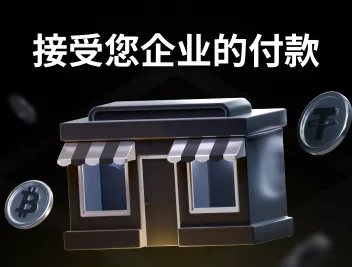
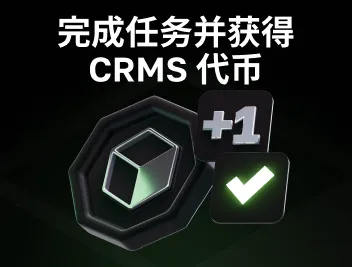

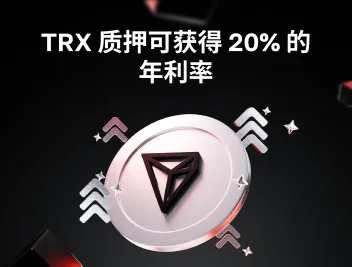

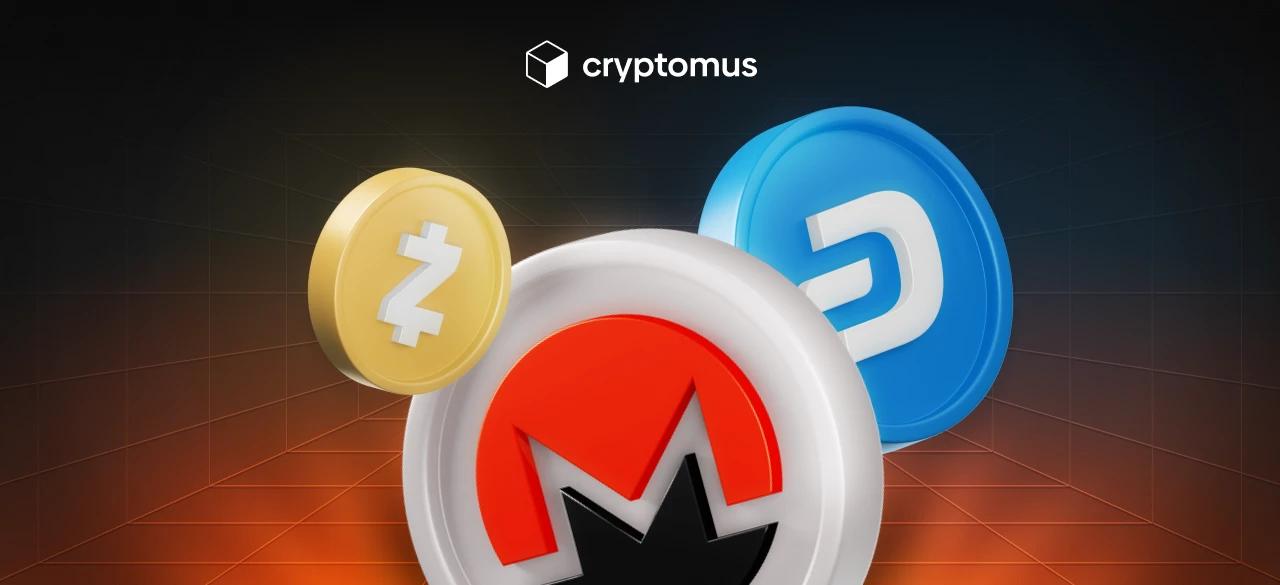


评论
0
您必须登录后才能发表评论